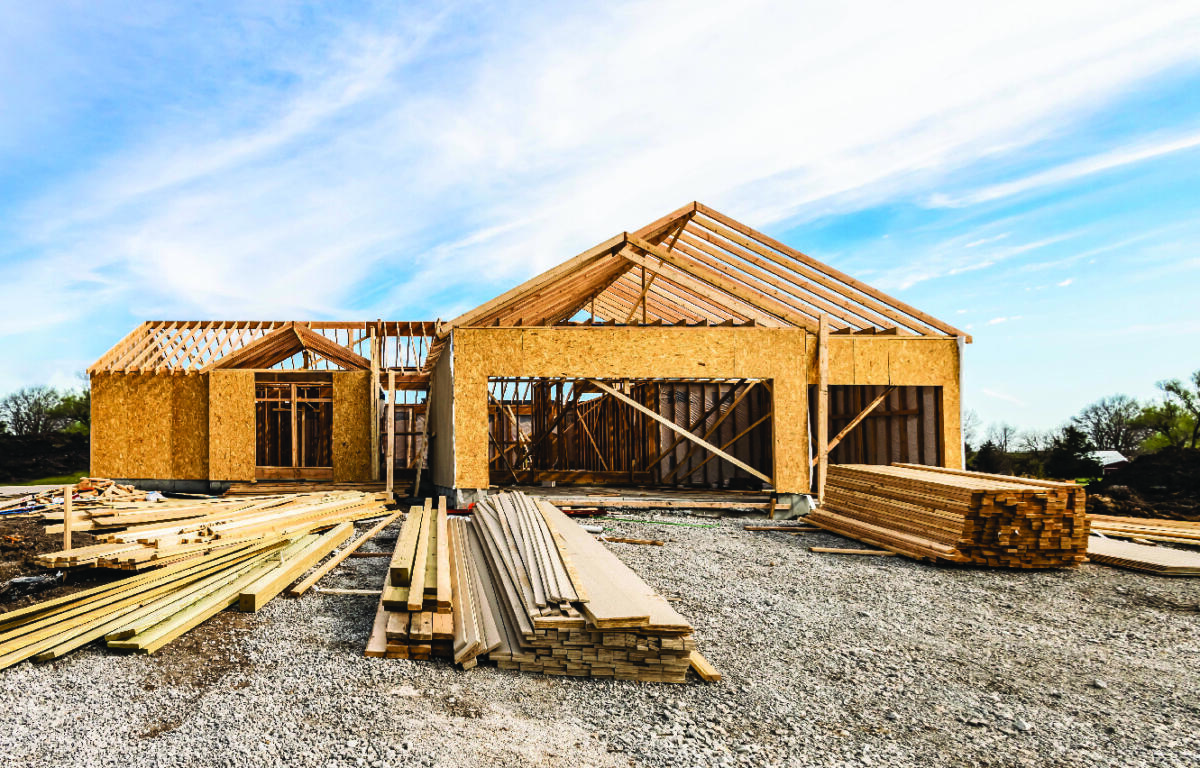ASHEVILLE, N.C. (828newsNOW) — As housing costs continue to soar across Western North Carolina, many area residents are being priced out of the communities they want to call home.
However, recent zoning changes in Hendersonville and Asheville show that real steps are being taken toward a more affordable future. And the changes show how local governments have the potential to make a meaningful impact in addressing our housing crisis.
The Hendersonville City Council unanimously approved a series of zoning amendments on April 3 aimed at increasing housing supply by allowing smaller, more affordable homes to be built in existing neighborhoods. These zoning changes are similar to changes enacted by Asheville City Council earlier this spring.
The Builders Association of the Blue Ridge Mountains (BABRM) backed the amendments from start to finish. In both cities, the association mobilized members to email City Council, attend public meetings and speak in favor of the proposed changes.
“We were thrilled with the advocacy effort, as people from a wide range of backgrounds came forward to voice their support,” said Sarah Cosgrove, a Hendersonville resident and BABRM’s Advocacy and Engagement Director. “It’s critical that our elected officials see and hear from us as we look for creative ways to address the region’s housing challenges.”
A closer look at the zoning updates
Zoning rules are designed to bring consistency to what kinds of housing can be built and where in cities around Western North Carolina. But it’s important that zoning also be used to provide ways to facilitate more housing that people can afford.
The recent amendments should be very helpful in encouraging thoughtful in-town development of smaller residences that are within financial reach for more residents. Here’s a look at what has changed:
- “Flag Lots” can be created in more locations: Both cities updated their regulations on so-called “flag lots” — properties with a long, narrow driveway leading to a residence in a subdivided lot at the back of the property. (The design resembles a flag and a pole, hence the name.) In Hendersonville, zoning amendments reduced setback and driveway width requirements, opening the door for more flexible residential development. Asheville had previously passed similar changes for much of the city, easing frontage requirements and increasing the number of flag lots allowed in a certain area.
- Smaller lots, more possibilities: Both cities also made it easier to build on smaller lots. Hendersonville reduced minimum lot sizes and setbacks, allowing for more flexible development of single-family homes, multi-family units, and accessory dwelling units (ADUs). Asheville made similar changes in much of the city by relaxing regulations on cottage developments, which are small, clustered communities of homes.
Why smart zoning matters
These zoning updates represent real progress in addressing our housing crisis. By changing the restrictions, Hendersonville and Asheville are giving property owners the flexibility to create smaller, more affordable housing on their lots that meet the needs of working families, seniors, and first-time buyers.
The zoning updates also can help unlock the potential of underutilized properties, helping to reduce urban sprawl and increase tax revenue. Now, more homeowners will have the option of generating revenue by subdividing or building units in the back of their properties that could be rented or sold.
“Collaboration with local governments is crucial in making housing more accessible for people of all income levels,” said Cosgrove. “We want to do everything we can to help every Western North Carolina resident have the opportunity to find a place to live that fits their budget.”


